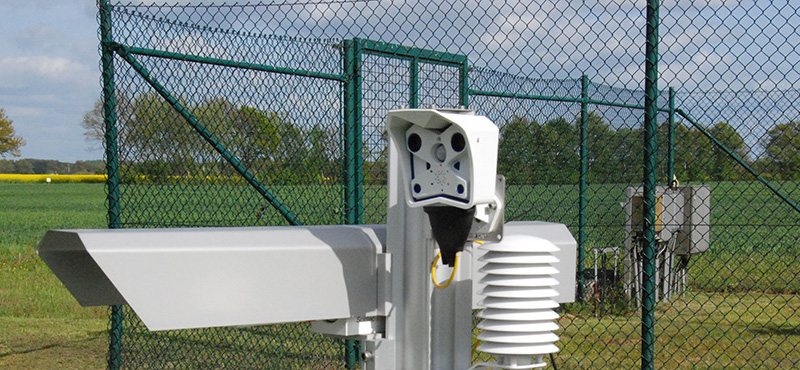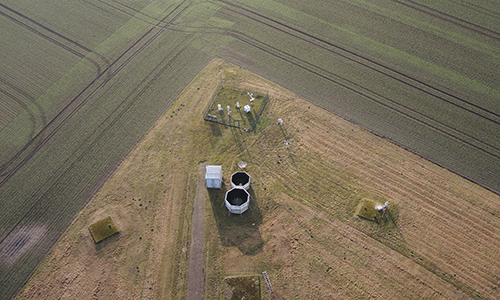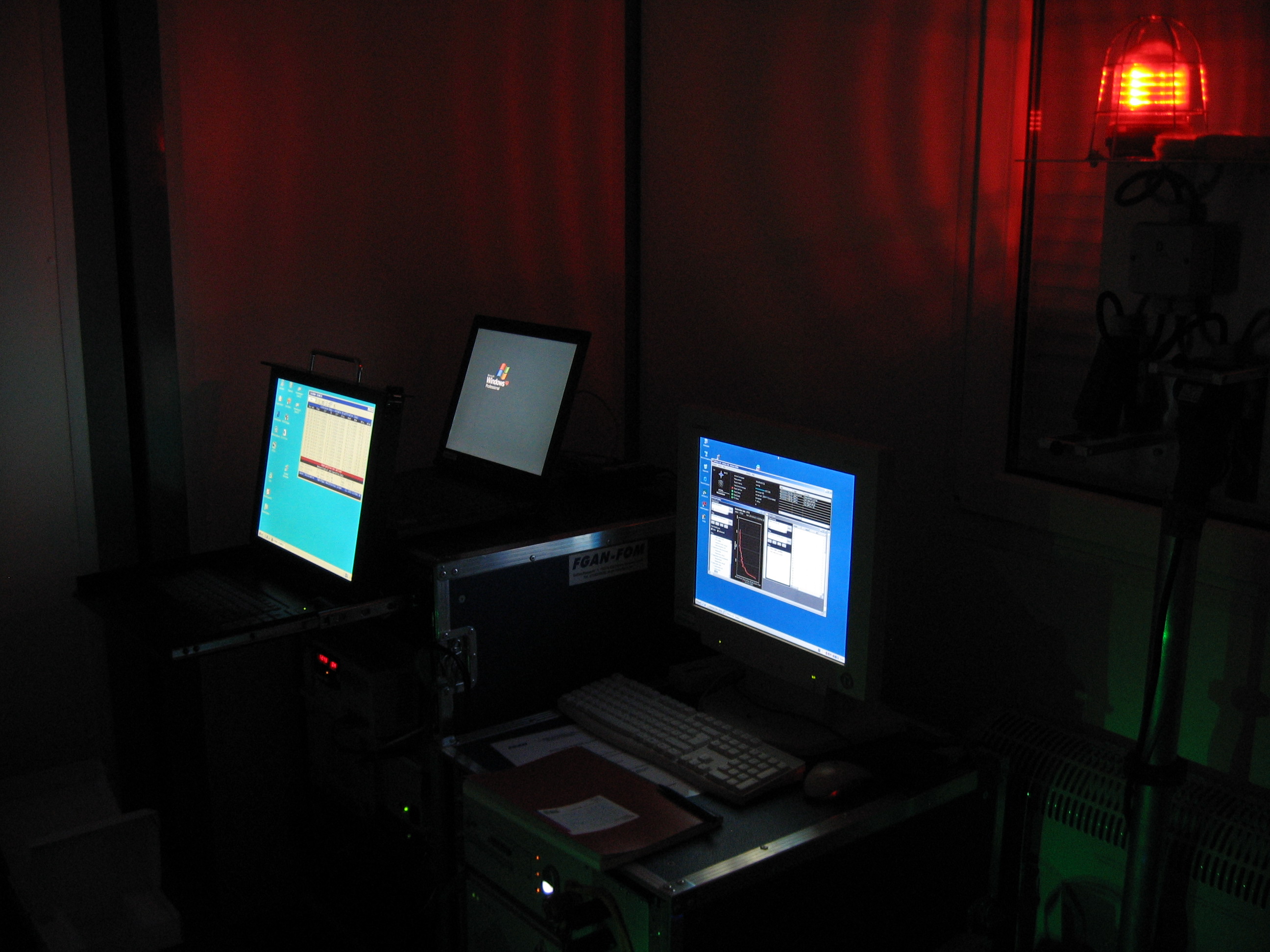Short description of the experiment
As part of the long-term experiment VerTurM (Ververtical Turbulencemmeasurements), the vertical profiles of the turbulence in the lower atmospheric boundary layer have been continuously measured up to a maximum height of 400 m since summer 2009.
Influence of turbulence
For the design and use of electro-optical systems, the expected turbulence effects must be taken into account. One cause of turbulence in the atmospheric boundary layer (up to 1-2 km altitude) is the temperature difference between the ground and the air layer above. During the day, warmer air bubbles detach from the ground, rise to the top and cause turbulent mixing.
The turbulence intensity is very strongly influenced by the weather, i.e. solar radiation, temperature fluctuations and wind force. It varies with the time of day and season in the prevailing climate. The turbulence intensity is described by the structural parameter of the refractive index fluctuation Cn2.
As the turbulence intensity decreases with increasing height above the ground, knowledge of the height profile of Cn2 is also necessary for non-horizontal propagation paths. In order to be able to determine the height profile of Cn2, the height profiles of the following meteorological quantities at different heights (h) must be known: air temperature T (h), air pressure p (h) and structural parameters of temperature fluctuation CT2 (h).
 Fraunhofer Institute of Optronics, System Technologies and Image Exploitation IOSB
Fraunhofer Institute of Optronics, System Technologies and Image Exploitation IOSB 


